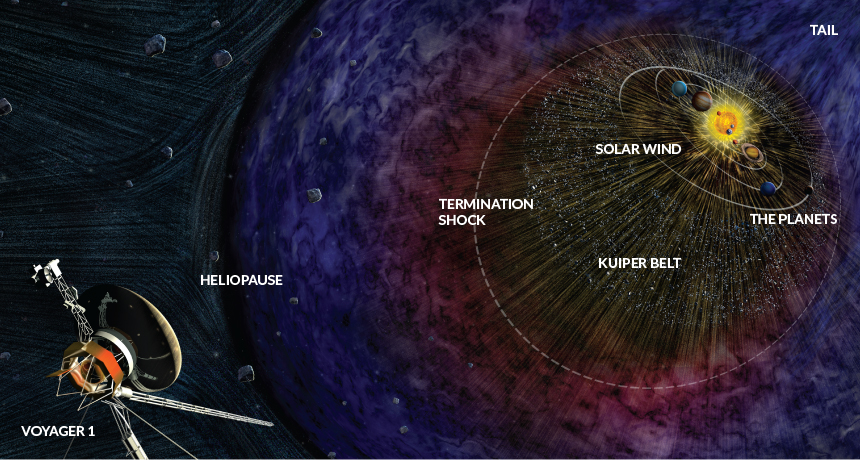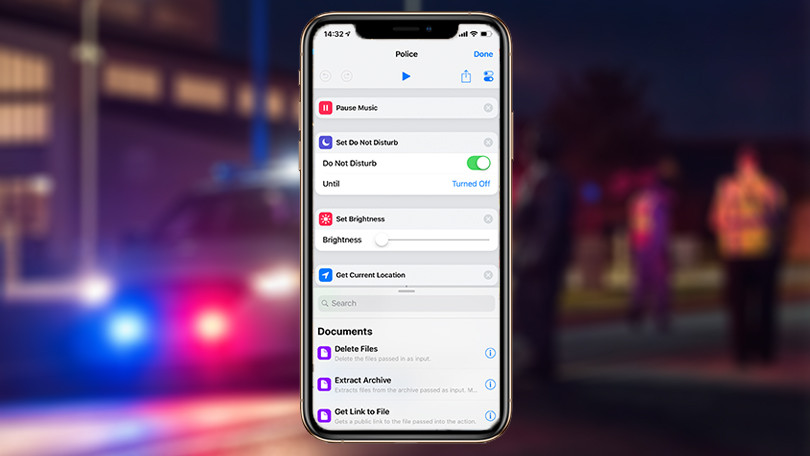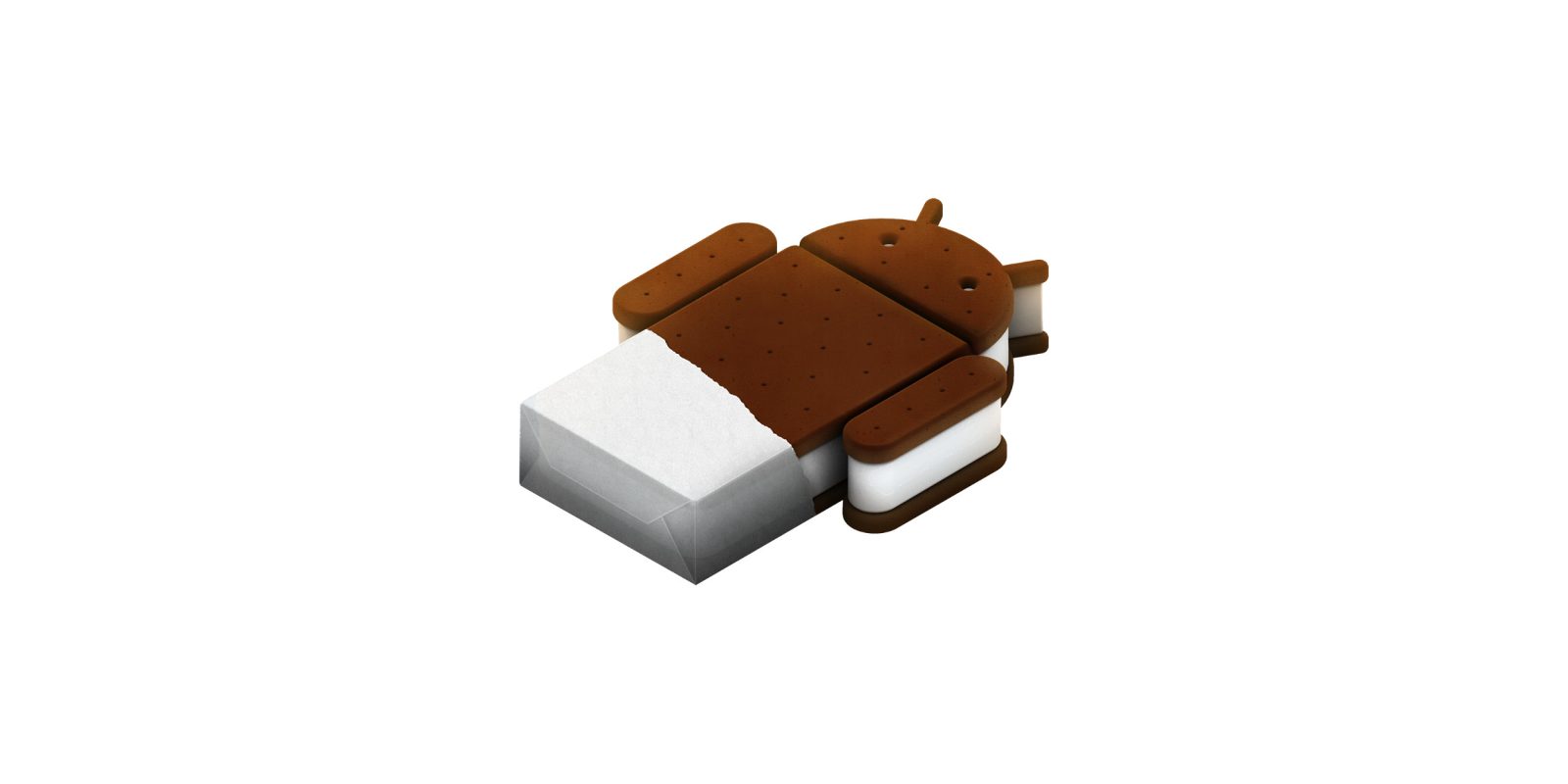
Many and different instruments onboard stay at the base of the announcement from the title. NASA discovered in late August a small uptick in the number of cosmic rays that the spacecraft was hit by. Cosmis rays are the pummeling superfast particles from our Solar System that come from the outer space. Since Voyager 1 had its departure in 2012, three months before that it experienced the same issue. Unfortunately, scientists can’t be sure of a milestone before it passes.
According to the team behind the Voyager 2, this spacecraft is pretty far away from Earth ad almost 17.7 billion kilometers or 11 billion miles. In order to Voyager 2 to leave the solar system it must pass through a heliopause so it is not an easy job to predict that, based on information from scientists.
To help you familiarise with the subject, a heliopause is a bubble formes by the solar wind around out solar system. The solar wind is a rush of charged particles that never stops streaming off our sun. Over the course of the 11 year cycle of the sun, the solar wind flows and ebbs making the bubble around our solar system contract and expand.
Voyager 2 has a different trip going on compared to Voyager 1 which means that the changes to the datat reported by the spacecraft will be different. With that being said it is impossible to know where the Voyager 2 is from the heliopause and when it will be passing through it, but at least the scientists will permanently keep an eye on the spacecraft to make sure everything is alright.
Voyager 2 will be the second object made by humans to successfully flee the solar system whenever it will decide to do so.
Agnes is a technical writer, being in touch with reports to come up with the latest tech leaks.






